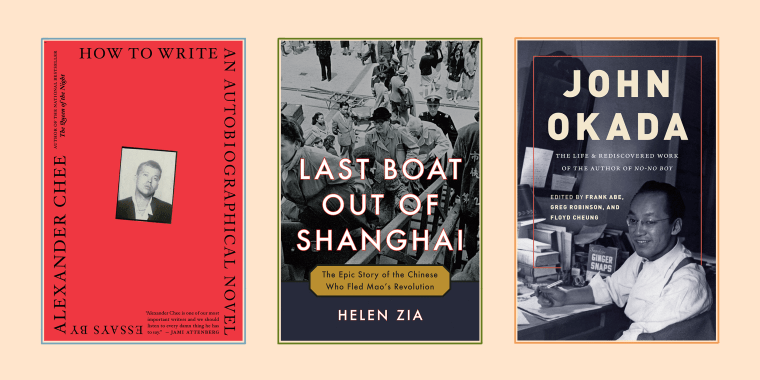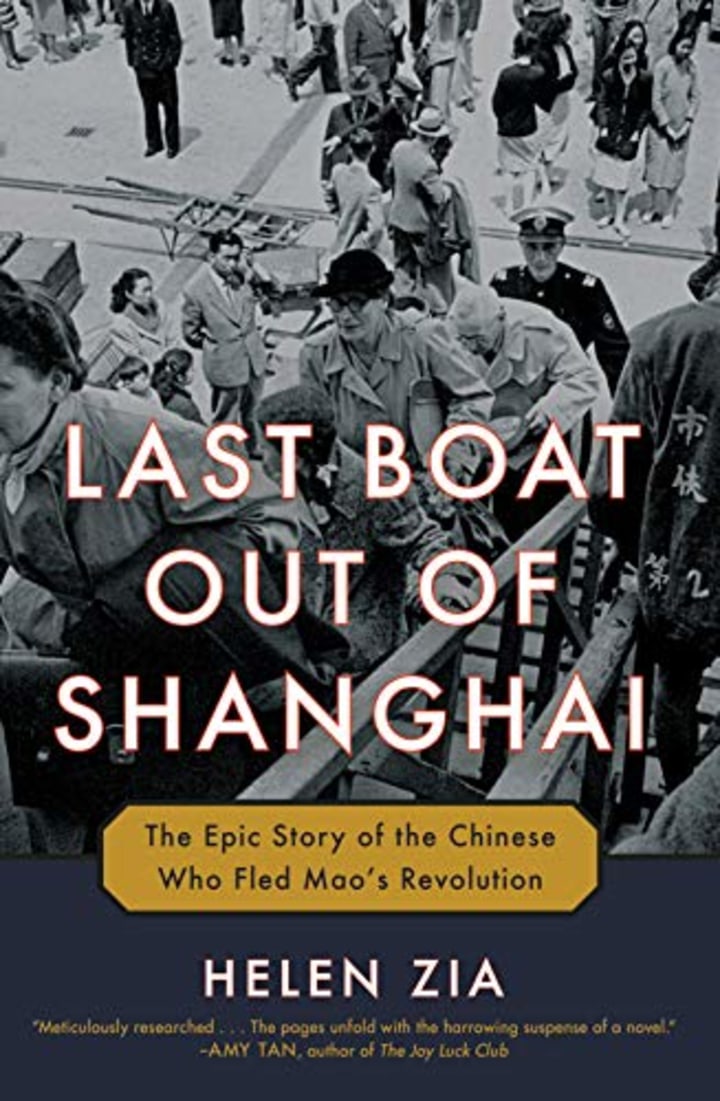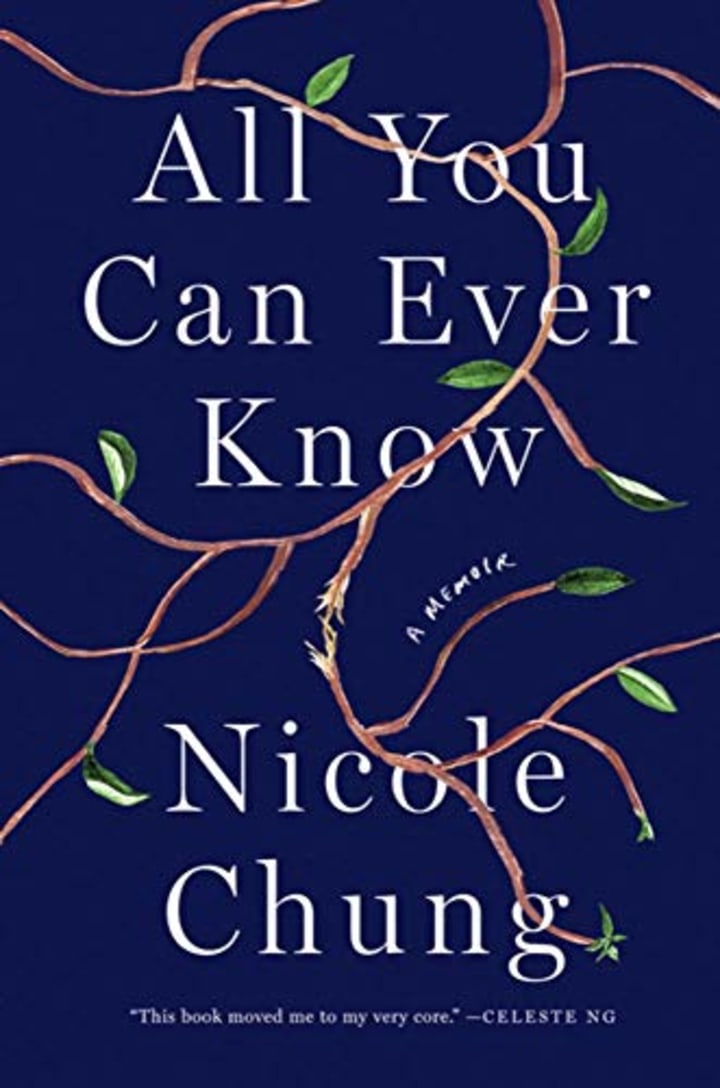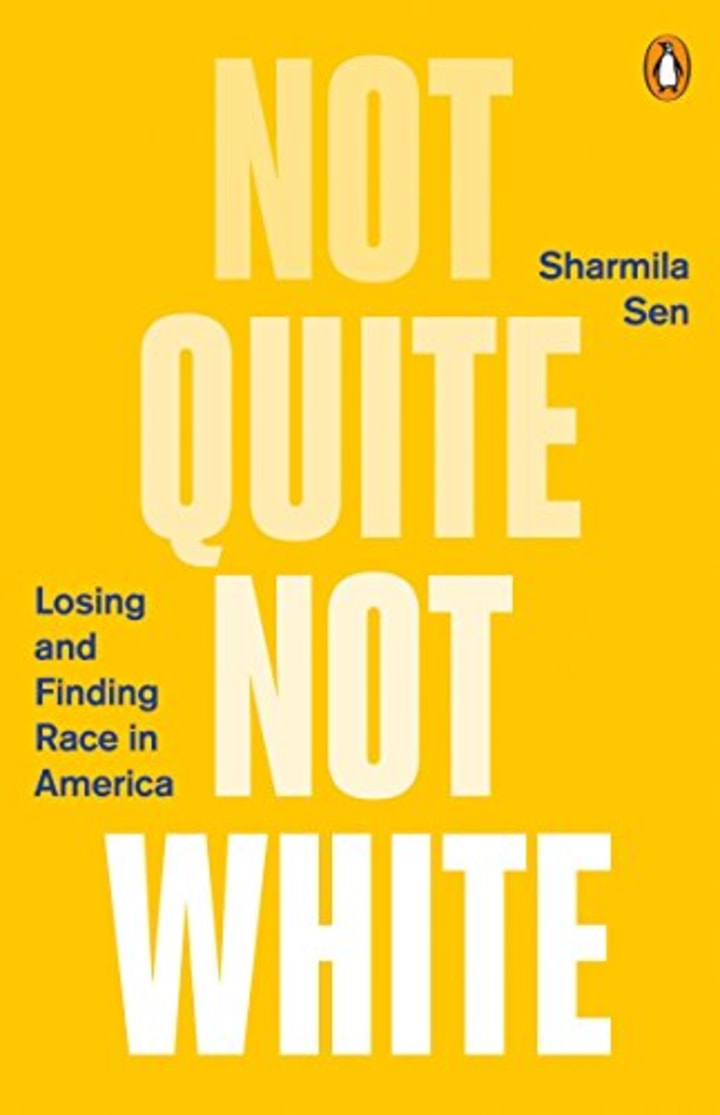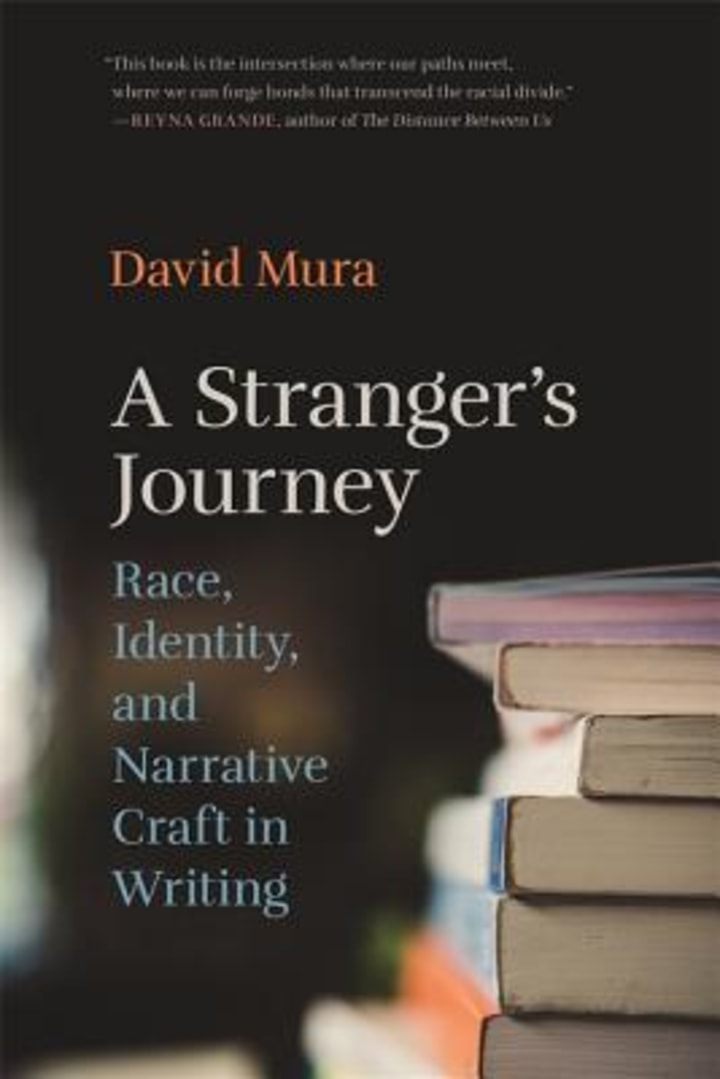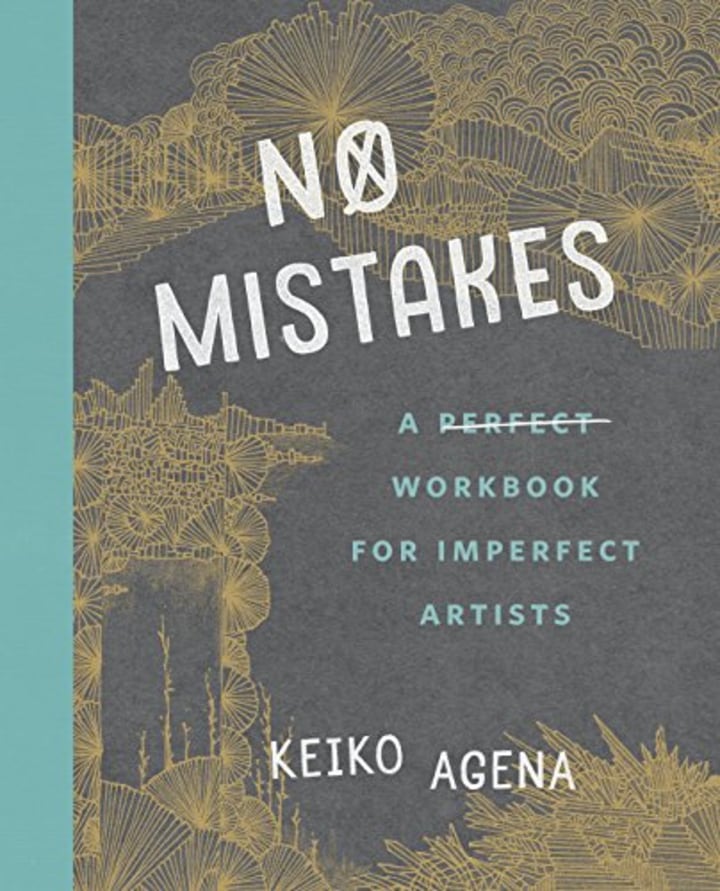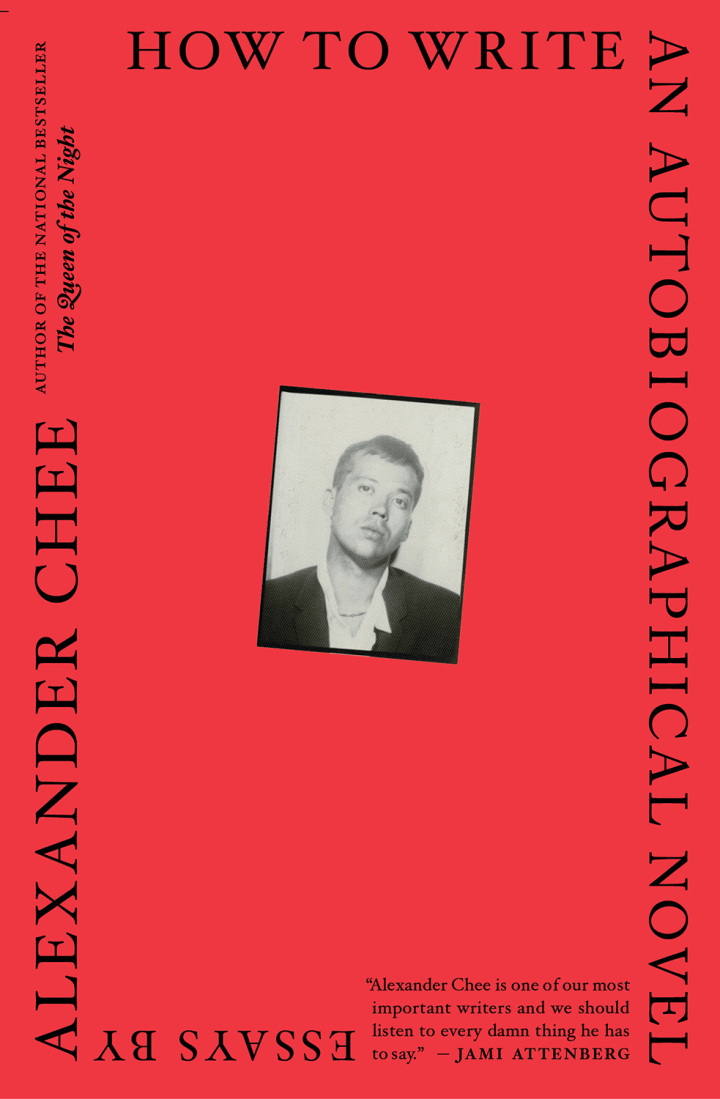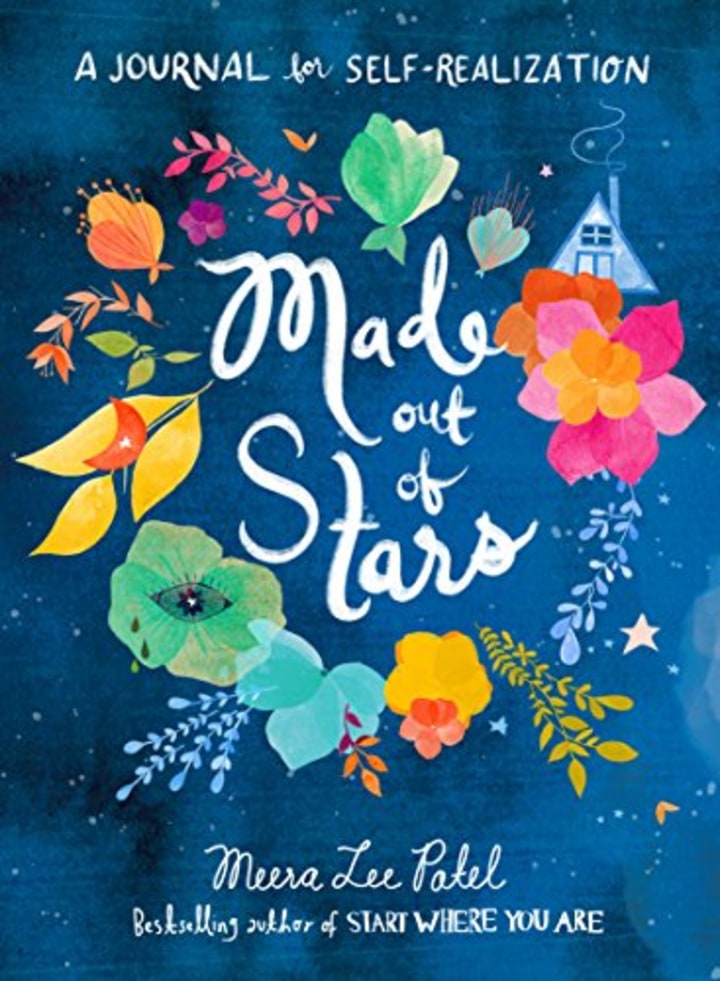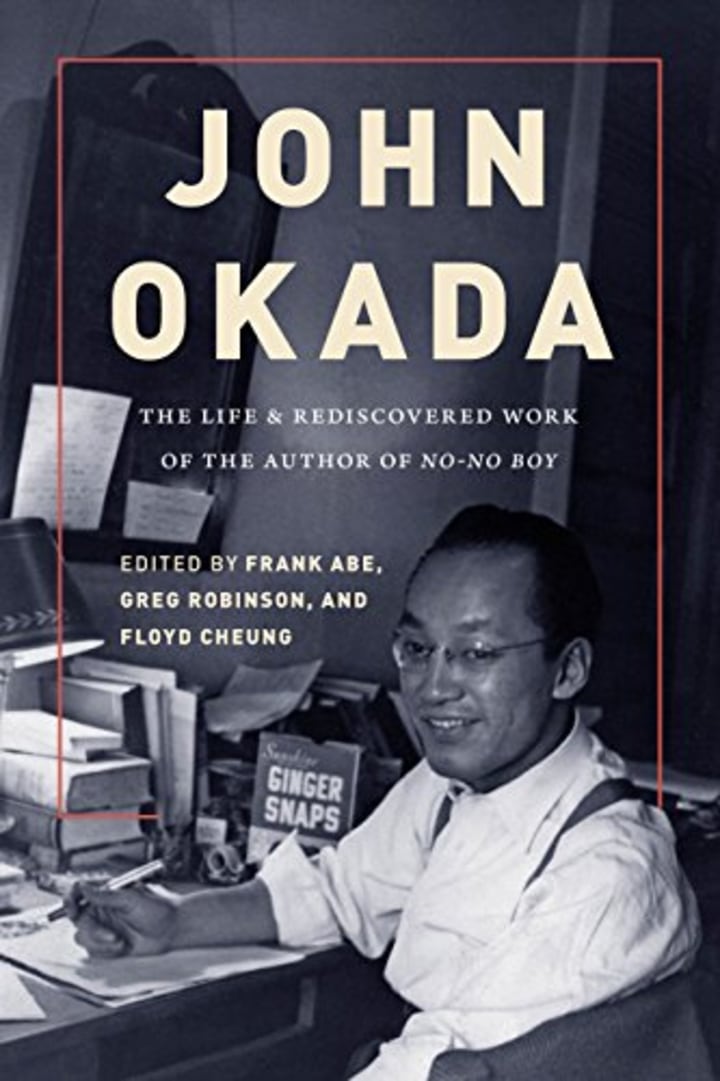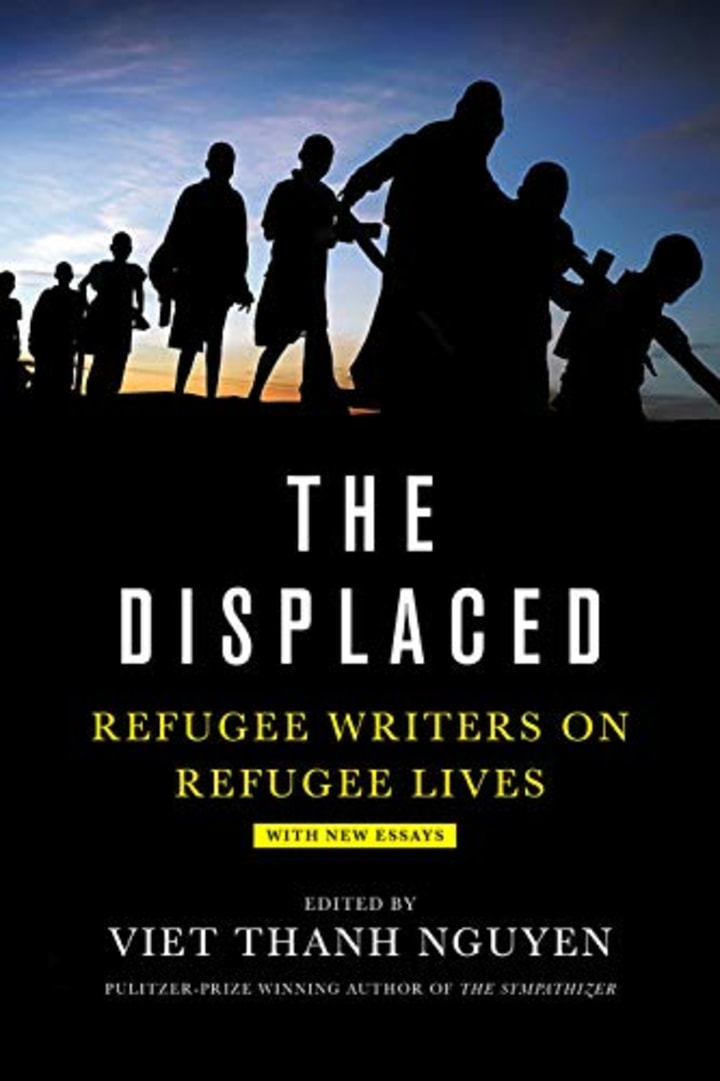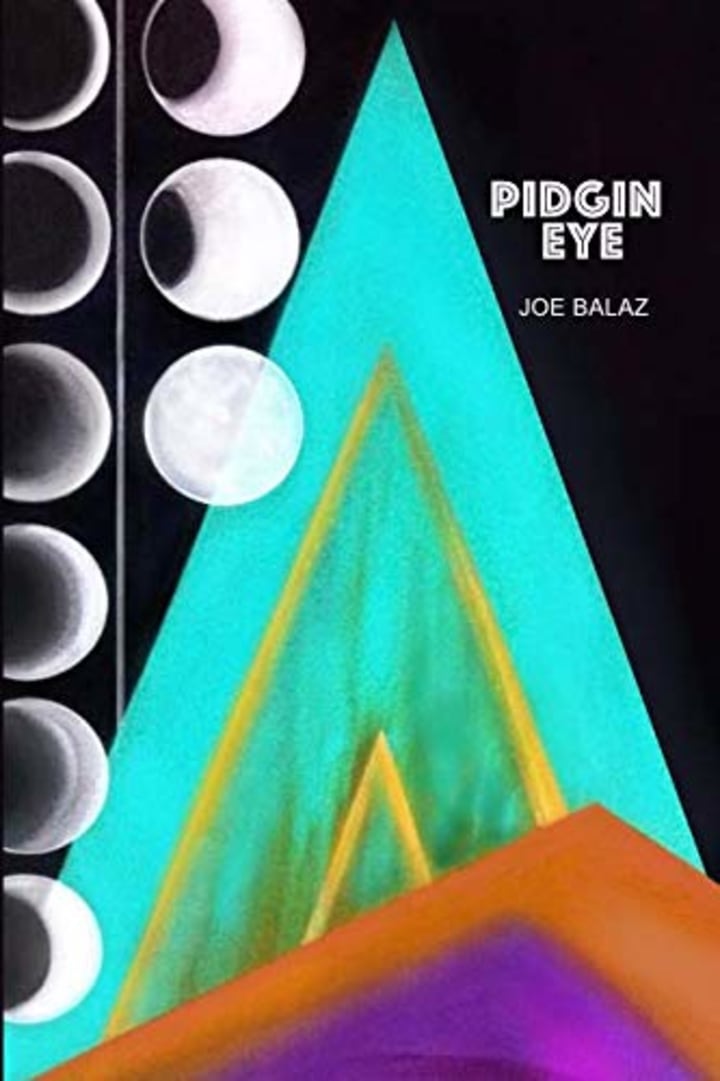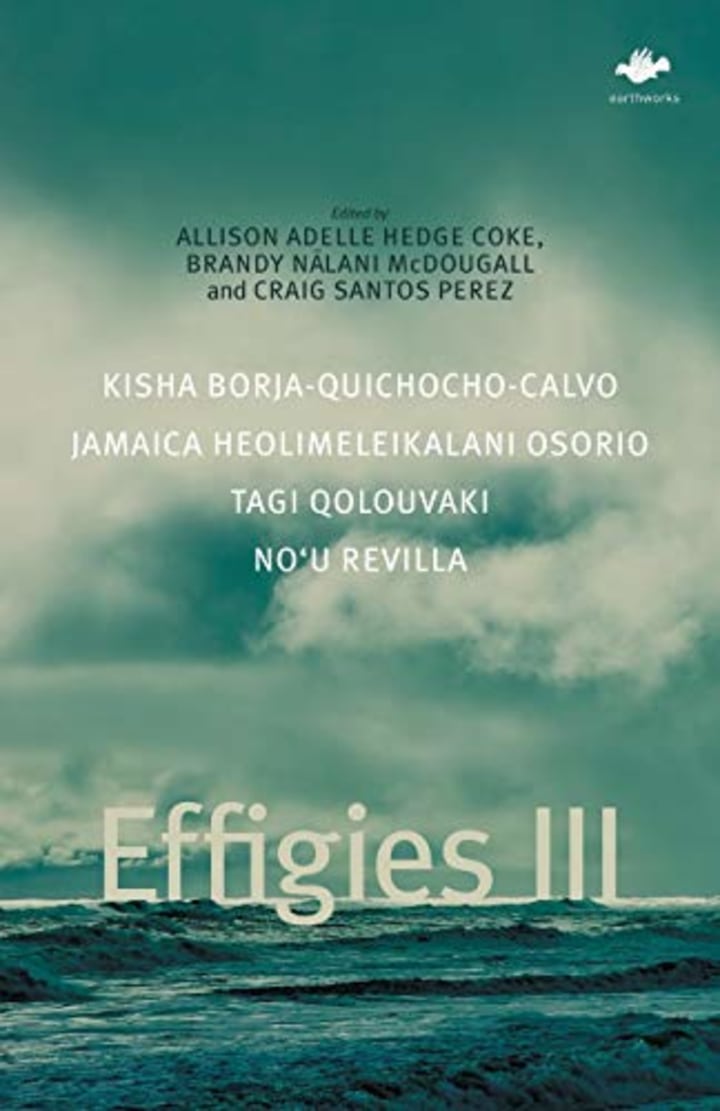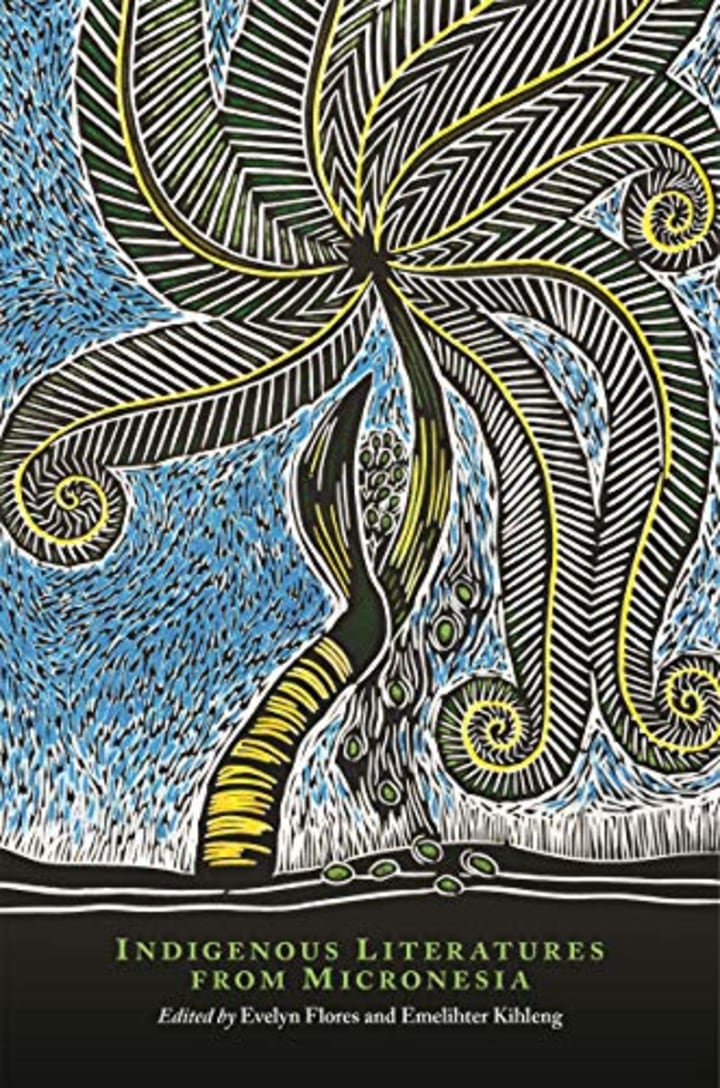In honor of Asian Pacific American Heritage Month, we’re taking a look at some of the best recent books written by Asian Americans and Pacific Islanders. This list builds on our previously reported efforts by Asian Americans and Pacific Islanders to write their stories back into history and looks at Asian Pacific American stories that go beyond the celebratory month.
From memoirs to poetry and anthologies, here are some great new nonfiction books.
1. "Last Boat Out of Shanghai: The Epic Story of the Chinese Who Fled Mao's Revolution” by Helen Zia
Growing up, journalist and activist Helen Zia often asked her mother about her early life in China and her journey to America. Her mother would deflect, calling that period “wartime, unhappy memory.”
But one day when Zia was in her 50s, she told her mother, “Too bad you can’t tell me about my grandparents in China.” Her mother put down her chopsticks and started telling Zia the most amazing, wrenching story — one of abandonment, adoption, war and escape.
The story led to interviews with Zia's mother and others who fled Shanghai at the end of the Chinese Civil War in 1949.
After 12 years of research and writing, Zia has written a history of that exodus, focusing on the dramatic stories of four young people who dared to flee to begin new lives in new countries, what that generation of Chinese and their children achieved, and how those stories connect to the current journeys of immigrants and asylum-seekers today.
Asian Pacific American memoirs
2. “All You Can Ever Know: A Memoir” by Nicole Chung
Nicole Chung grew up knowing that she was born severely premature and was placed for adoption by Korean American parents who could not care for her.
When she asked her adoptive parents, a white couple in Oregon, for more information, her mother often said that that might be “all you can ever know.”
She eventually sought out her biological family, and as she neared the birth of her first child, she found an older sister and a very different story than the one she knew.
Warm, candid, and full of insights on race, heritage, family and motherhood, this memoir by the editor in chief of Catapult magazine and the former managing editor of The Toast was a finalist for the National Book Critics Circle Award for Autobiography, long-listed for the PEN Open Book Award, and named a Best Book of the Year by almost two dozen outlets, including The Washington Post, The Boston Globe, NPR, Time, Newsday, and Library Journal.
3. “Not Quite Not White: Losing and Finding Race in America" by Sharmila Sen
Growing up in Kolkata (then called Calcutta) in India, Sharmila Sen, a literary scholar and executive editor-at-large at Harvard Press, did not experience the concept of race because her world was stratified instead by ethnicity, language, geography, religion and caste.
Then in 1982, she moved to America at the age of 12. She spent her first few years trying to assimilate into Americanness by watching “The Jeffersons” on television and dancing to Duran Duran and perfecting the art of Jell-O no-bake desserts.
Along the way, she realized that she was “Not Quite Not White,” and began to challenge what it meant to be American vs. Americanized, and to carve a path forward for herself and her children and her country.
Described as “part memoir part manifesto,” this book won an Asian/Pacific American Librarians Association adult nonfiction literature award.
Asian Pacific American works on creativity
4. “A Stranger’s Journey: Race, Identity, and Narrative Craft in Writing” by David Mura
Memoirist, poet, critic and performance artist David Mura examines the challenges of writing about race and identity with narrative craft in “A Stranger’s Journey.” He critiques how whiteness is often the default point of view, and argues that the ability to discuss race and identity are crucial to the teaching of creative writing.
Poet Garrett Hongo describes the book as “a new kind of literary criticism — personal, postcolonial, analytic and dramatic — his insights into the situation of the writer of color amidst centrist assumptions and prohibitions open a new field of critical and creative thinking woven together in a book that could have been called ‘Castiglione’s The Courtier Meets Sun-tzu’s Art of War.’”
5. “No Mistakes: A Perfect Workbook for Imperfect Artists" by Keiko Agena
Actress Keiko Agena has created a creative journal based on mindfulness practices and the “no mistakes” principles of improvisational comedy.
With coloring pages and original artwork by Agena, each exercise encourages the reader to confront emotions, rethink one’s art and take mindful breaks to recharge. Actress and documentary filmmaker Kulap Vilaysack has said, “There are many days when I feel like a janky piece of kid art. ‘No Mistakes’ helps me underline the art and appreciate the janky.”
6. "How to Write an Autobiographical Novel" by Alexander Chee
Award-winning novelist and Dartmouth College English and creative writing professor Alexander Chee has put together a collection of essays exploring questions about creating oneself in life and art.
He looks at how his many identities — student, teacher, reader, writer, son, gay man, multiracial Korean American — have come together through the formative experiences of his life, while also discussing the craft of writing and the art of being a writer.
7. “Made Out of Stars: A Journal for Self-Realization" by Meera Lee Patel
“Made Out of Stars” is the third inspirational journal or workbook by Meera Lee Patel, following the bestselling “Start Where You Are” and “My Friend Fear.”
Filled with bright watercolors, the book is intimate and warm, and filled with encouraging quotes and empowering prompts to gently guide the reader to see that “Nothing is missing. You are already whole."
Asian Pacific American anthologies
8. “John Okada: The Life & Rediscovered Work of the Author of ‘No-No Boy’” edited by Frank Abe, Greg Robinson, and Floyd Cheung
John Okada’s only published novel, “No-No Boy,” is a classic of Asian American literature, telling the story of a Japanese American man as he returns home to Seattle from World War II incarceration after refusing to fight for the United States.
With articles by Lawson Fusao Inada, Martha Nakagawa, Stephen H. Sumida, Shawn Wong, and Jeffrey T. Yamashita, “JOHN OKADA: The Life & Rediscovered Work of the Author of ‘No-No Boy,’” is the first full-length examination of Okada and his work.
Author Ruth Ozeki describes the book as “part eulogy, part pedagogy, part literary excavation, and part scholarly compendium. These editors, scholars and writers have created a monument that will keep John Okada's work relevant and his legacy alive."
9. "The Displaced: Refugee Writers on Refugee Lives” edited by Viet Thanh Nguyen
Pulitzer Prize-winner Viet Thanh Nguyen has brought together 17 refugee writers originally from places such as Mexico, Bosnia, Iran, Afghanistan, Soviet Ukraine, Hungary, Chile and Ethiopia to write about their experiences as refugees.
Many arrived as children at places including London and Toronto, Oklahoma and Minnesota, South Africa and Germany. With tens of millions of people fleeing persecution and conflict today as refugees, according to the United Nations, these voices and stories are more timely than ever. A portion of the proceeds will help support the International Rescue Committee, a nonprofit that works to aid refugees.
Asian Pacific American poetry
10. “Pidgin Eye” by Joe Balaz
Joe Balaz, born and raised in Wahiawa on the Hawaiian island of Oahu, is of Hawaiian, Slovakian and Irish descent.
A poet, visual artist and editor of “Hoʻomānoa: An Anthology of Contemporary Hawaiian Literature,” Balaz is known for writing in both standard English and Pidgin, which developed from the mix of Chinese, Japanese, Filipino, Portuguese, Hawaiian and English languages spoke by Hawaii sugar plantation workers.
In “Pidgin Eye,” Balaz collects 35 years of his poetry written in Pidgin. His poems are funny and lyrical and feature themes of history, protest and the love of the land.
11. “Effigies III: Indigenous Pacific Islander Poetry” edited by Allison Adelle Hedge Coke, Brandy Nālani McDougall and Craig Santos Perez
Third in the Effigies series of indigenous writers, "Effigies III: Indigenous Pacific Islander Poetry" celebrates the work of four emerging Pacific Islander women poets from Guam, Hawaii and Fiji — No'u Revilla, Jamaica Heolimeleikalani Osorio, Kisha Borja-Quichocho-Calvo and Tagi Quolouvaki.
Both critical and lyrical, these poets take fresh looks at culture, history, politics, genealogy, feminism and the environment.
“The voices that gather here, in ‘Effigies III,’ take shape and rhythm from the ocean itself,” author Lehua M. Taitano said. “Chamoru, Kanaka ‘Ōiwi, Fijian and Tongan, these poets of Oceania speak of and for the waters and all its relatives with perceptive, critical and lyrically stunning undulations.”
12. “Indigenous Literatures from Micronesia” edited by Evelyn Flores, Emelihter Kihleng and Craig Santos Perez
Featuring more than 70 authors, 100 pieces, and nine of the 13 basic Micronesian language groups, “Indigenous Literatures from Micronesia” brings together the poetry, short stories, critical and creative essays, chants, and excerpts of plays by indigenous Micronesian authors.
Works include historically significant writing, contemporary pieces, as well as that of emerging writers from across Micronesia’s two thousand islands.
Follow NBC Asian America on Facebook, Twitter, Instagram and Tumblr.
